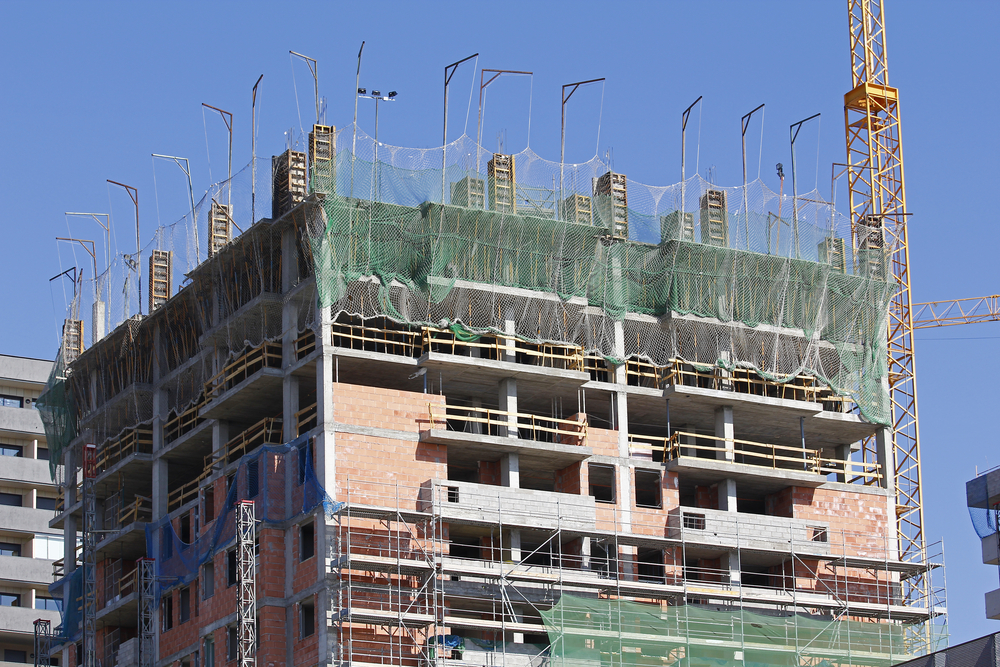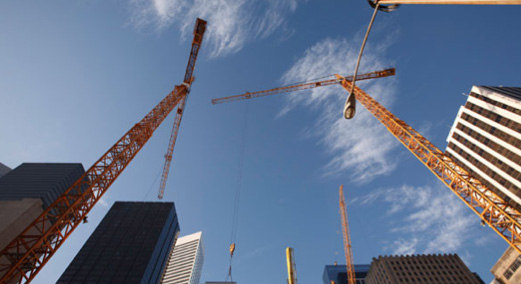Residential construction is beginning to ramp up, particularly in the rental apartment segment. Numbers from the Census Bureau and the Department of Housing and Urban Development reveal that total housing starts increased more than 18% from 2012 to 2013. For homes built in multifamily properties with five or more units, construction was up almost 25% over year. Furthermore, at a press conference last month held by the National Association of Home Builders (NAHB), panelists predicted that the strong demand for apartments will increase over the next several years.
“The multifamily market has rebounded significantly from its trough in 2009 at 82,000 multifamily housing starts to 340,000 in 2013,” said NAHB Chief Economist David Crowe. “NAHB is forecasting 363,000 multifamily housing starts in 2015, which is above the previous longer term average of 340,000 as more young adults prefer renting.”
This continued trend was highlighted in an article this week in the Wall Street Journal. There are several reasons for the increase in apartment developments. First, tight underwriting standards still exists when it comes to getting a mortgage. In addition, wage gains haven’t been significant for individuals, while others are saddled with high student-debt loans, to make that move to buy a home so they’re turning to rentals. You also have the Millennials (Gen Yers) going out on their own, as the economy and job market improve, increasing the demand for rentals. Furthermore, during the economic collapse, production of multifamily housing had significantly decreased, so part of the resurgence that began in 2011 was catching up with a more normal flow.
According to the Wall Street Journal article, “the shorter-term growth in rental demand is combining with long-run demographic trends that are expected to continue to tilt U.S. home construction toward “multifamily” units, a category that includes everything from garden-style apartments to towering condominiums. The Baby-Boom generation is moving into retirement and empty-nesthood, prompting many to downsize to smaller quarters. The generations behind them, meantime, are having fewer children, later in life, so need less space.”
Moreover, Millennials show a preference for living in a walkable, urban area, regardless of the size of the city where they live, and will continue as a strong source of demand. They are less likely to buy their own homes, according to America in 2013: A ULI Survey of Views on Housing, Transportation, and Community. This report, which was featured in a PricewaterhouseCoopers white paper, indicates based on a sample of those surveyed 54% of Gen Yers rented their primary residence in 2013, compared with 32% of all adults in the United States. Of those Gen Yers who are very likely to move within five years, 69% expect to rent, compared with 25% of all adults.
All these factors bode well for multifamily property development and the opportunity for insurance brokers to expand their footprint in this segment. We can provide you with the insurance programs to do so. IPOA’s NationalPro Brokerage Division writes apartments on an admitted and non-admitted basis. We can also secure coverage for your insureds in coastal areas and for all construction classes. Our property insurance program offers flood and earthquake insurance as well. Please give us a call at 877.653-IPOA (4762) to find out more about our program and how we can help you write more business in this growing segment.
Sources: USA Today, National Association of Home Builders, Wall Street Journal, pwC







